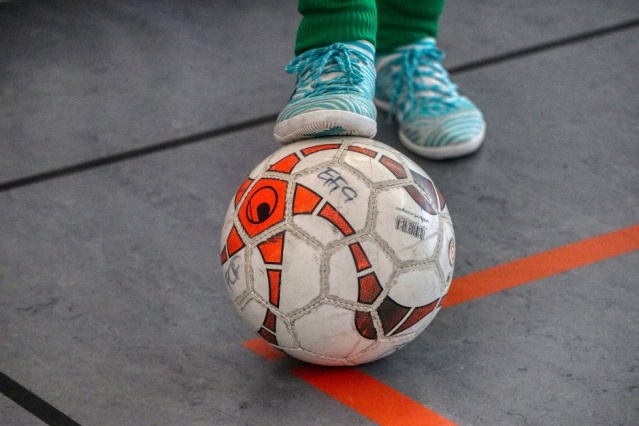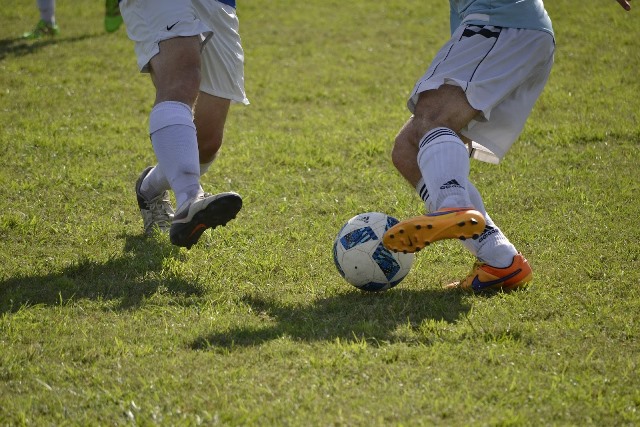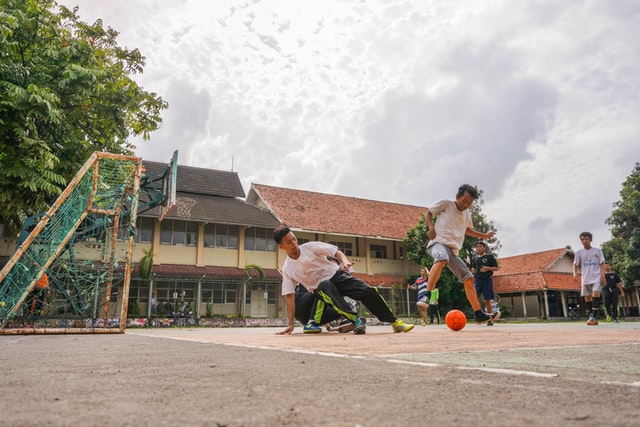Practice makes perfect with most skills, and the same applies to soccer training. Children who begin soccer skills at a young age will start with poor ball handling, but these soccer skills will improve with consistent soccer workouts. One of the core foundations of soccer skills is dribbling, as children must learn to control and manipulate the ball. There are a variety of soccer drills one can practice to enhance their soccer training. Some variations include dribbling with various parts of the feet, as implementing footwork into soccer practice will allow for better control of the ball and balance. Due to the importance of dribbling in soccer passing drills, we’ve outlined the steps of training to master the art of dribbling up soccer balls. As you read through our tips and tricks, we recommend dedicating at least one hour a day to soccer training to improve dribbling skills quickly.
Mastering your Soccer Practice with Additional Dribbling Techniques
When approaching the ball, it is crucial to make gentle contact with the ball. It’s common for new soccer players to hit the ball too hard, which sends it a long way ahead and makes it hard for the player to keep control. In contrast, gentle touches force the player to make more frequent contact with the soccer ball and give the player more control. As players implement footwork into their soccer drills, they may move slower with the ball, but as the player becomes more comfortable with the frequent gentle contact, their speed will increase. A rule of thumb in football training (another term for soccer) is that the more a player’s foot touches the ball, the more control they have over that ball’s movement.
Those gentle touches will help set the stage for the second tip for mastering dribbling-keep the ball close to your feet. Kicking the ball too far ahead can make it easier for opponents to steal the ball, preventing the player from moving in a smooth motion across the field. Instead, players keeping the ball close to their feet will make it more challenging for opponents to intercept the ball. In addition to keeping the ball close to their feet, players should keep their knees bent as they pass the ball from each of their feet, and the player’s body should remain in between the opponent and the ball. Players should shield the ball with their bodies when opponents get close and use their arms, legs, and shoulders to keep their opponents the farthest away from the ball. During soccer practices, it’s helpful to start using your body as a shield, so it will be easier to implement in games.
Footwork is an integral part of soccer workouts because the feet are the primary tool for moving the ball. While driving the ball across the field in a forward motion, the player should contact the ball using the top outside edge of their foot because this gives them the most speed and balance. Please note that when making stops or direction changes, other parts of the foot will make contact with the ball. The technique described is used to move the ball to another part of the field as quickly as possible.

One of the most challenging parts of football training is learning to keep an eye on the ball and the field. While dribbling the ball, it’s essential to keep an eye on the ball and the field. Novice soccer players try to keep their eye on the ball during soccer practice, but this can cause accidents if they run into other players. Keeping an eye on the ball also prevents the player from adequately seeing where they are trying to go. Instead, players should practice using the lower edge of their peripheral visions to keep their eye slightly on the ball as they move throughout the field. The benefit of implementing this skill into soccer workouts is that it allows the player to maintain awareness of what’s going on in the field and can help them spot scoring opportunities on the field.
As players become more comfortable with the basic dribbling techniques, they should start implementing soccer drills that include variations of dribbling, such as changing pace. Staying at a predictable speed and pattern can make it easier for an opponent to steal the ball. Changing pace and direction quickly while maintaining control over the ball can throw opponents off balance.
Starting to work on these skills may seem daunting, especially when practice is done independently. Getting these soccer skills down can be easy with help from the Playform app, which is designed to help players increase their skills through customized soccer workouts and drills. The app hosts an AI-online coach and provides players with a fun and interactive way to improve their skills.

Putting Dribbling Techniques into Football Workouts
The basic components of dribbling should be implemented into football workouts. The best way to practice dribbling during football workouts is by using the field’s length and sprinting while maintaining control over the ball. The ball should remain within a few feet of the player throughout the sprint rather than many yards ahead. It’s important to run or sprint with this drill because it will help enhance speed and control skills simultaneously.
During the football workout, the player’s feet should be slightly turned in at the ankle, and the front of the foot should be down while sprinting across the field. By practicing this footwork, the front-outside of the shoe connects with the ball just above the middle toe. Using this method, the player should make gentle contact with the ball every five to eight steps. Contact with the ball should occur at the same pace as the running so that the connection doesn’t slow down the pace.
Another way to practice dribbling is by dribbling the soccer ball in and out of cones using one foot. Set up five cones with about three feet of space in between each cone to implement this soccer drill. The player should then weave the ball between the cones, alternating between the leading edge of their foot and the inside part of their step. During this drill, if the player knocks the cones over, they are going too fast without proper control over the ball. It’s important to run this drill using one foot and then the other because soccer skills involve both feet equally. The player should also practice the skills using both feet. Additionally, players should practice moving the ball back and forth between their feet without cones. The player should use the inner parts of their feet to pass the ball back and forth, increasing speed as the player becomes more comfortable with the movements.
All of these soccer passing drills can enhance dribbling and help young soccer player advance their overall skills exponentially. As aforementioned, we recommend dedicating at least one hour a day to soccer passing drills to help maximize the child’s potential for skill-building.


